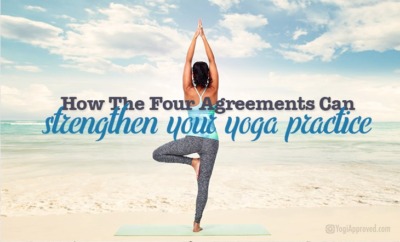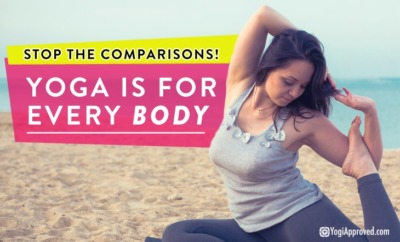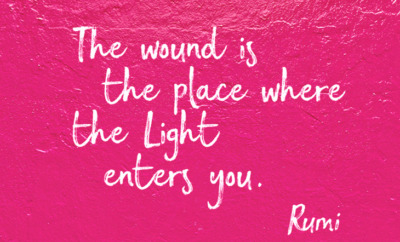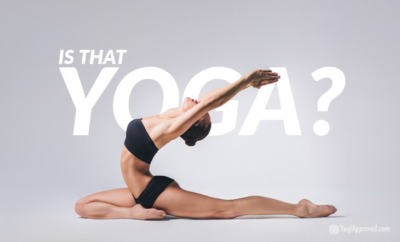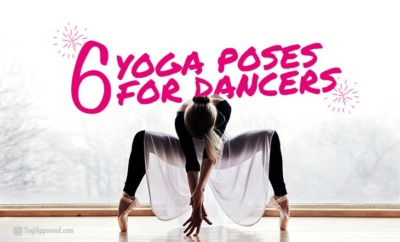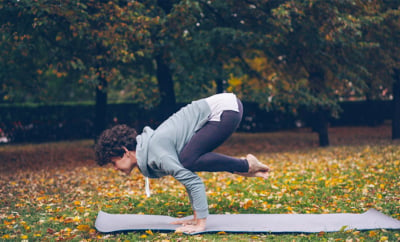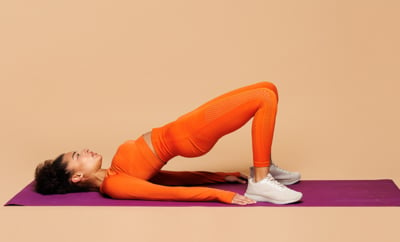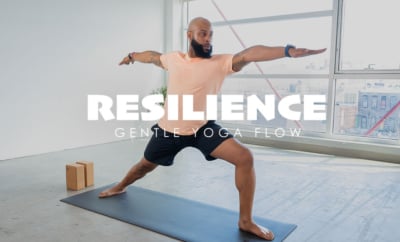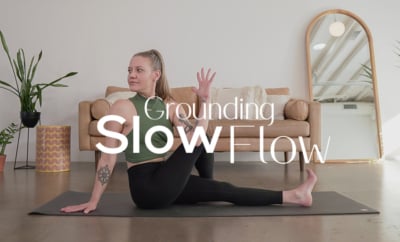The Four Agreements: How to Not Take Anything Personally in Your Yoga Practice

four agreements number 2
Realizing that nothing anyone says or does outside yourself is personal – even when it seems to be – is priceless knowledge.
The Four Agreements, written by Don Miguel Ruiz, offers a life-altering perspective on how to navigate life using four simple tools based on Toltec wisdom. The Toltec way helps us understand how to distinguish between stories vs. truths.
This book teaches us how to let go of attachments to past beliefs and pain as a direct route to a happy, healthy, and meaningful life.
Here is a list of the agreements in order:
Be impeccable with your word
Take nothing personally
Assume nothing
Do your best
You may read these agreements and think, Oh, I do all of this already, and at first glance, it may seem that way. But delve deeper, and truly take a fearless look at your thoughts and habits. The Four Agreements require constant practice, just like our yoga practice.
Investigating yoga postures through the lens of The Four Agreements is an incredibly useful way to understand yourself a bit better, along with how the poses reflect what you feel and believe.
The vast majority of what we think is simply untrue. But when we think a thought for a very long time, it feels as true to us as our own name.
In part one (this is the 2nd article in a 4 part series), we looked at the first agreement. In this article, we will explore the second agreement – to take nothing personally – and apply it to a few yoga poses where you can really practice enacting this agreement.
Agreement #2: Take nothing personally
Do you know anyone who is particularly skilled at not taking things personally? I’m sure as shit not. I’m better now than I was before, and notice on the rare occasions when I sincerely pull it off, it feels empowering.
Nothing anyone thinks, does, or says is about us. It’s always about the individual. If your teacher tells you a particular pose in your arsenal is strong and graceful, that’s about her definition of what an advanced practice looks like.
Another teacher may come along and encourage you to do it differently, and possibly even adjust your alignment. This is confusing. Who’s right?
Is there one right way for every shape of body to perform a pose? No.
Opinions are not facts – they are merely beliefs. Learning to not take anything personally – whether it be a compliment, constructive feedback, or a straight up insult – assists us in clearly distinguishing our personal truth, and not constantly assigning value based on other people’s opinions.
Below are two yoga poses to help you physically practice the art of not taking anything personally.
If a posture won’t come easily, and you see others in the room doing it as if it’s boring because it’s so easy, don’t get down on yourself. Perhaps they spent years working up to gaining the core, shoulder, and arm strength necessary, and you’re just catching them on the upside of their practice.
If something comes way too easily to you, such as backbends, be glad – but perhaps acknowledge good luck and genetics and the part they play in your success in a given posture. And in both cases, don’t take any of this personally!
1. Handstand
Arrg, handstand! For some, it comes so easily. But maybe they were gymnasts or dancers growing up. Perhaps they’ve been doing handstands from a young age when they were fearless and closer to the ground! Or maybe, it was a very difficult pose once, but that student wanted the challenge.

The pose itself does not discriminate. It is equally challenging for all practitioners. You can give any pose all kinds of power to thwart your self-esteem, and strengthen your belief that you’re “no good at yoga.”
Or, you could take a very unattached look at the pose and yourself. Why is this posture so elusive? Do I need to strengthen my shoulders and core? Or is it fear? Is it possible I can do the pose if someone assists me, allowing me to assess if my arms, shoulders and core are supportive?
Don’t take this evaluation – or your struggles in the pose – personally. Simply look at it objectively and embrace the journey.
2. Upward-Facing Bow, or Wheel pose
Wheel is another posture that’s frequently taken personally. Students will do all kinds of jacked-up shit to heave their way into that pose to appease a very impatient ego.
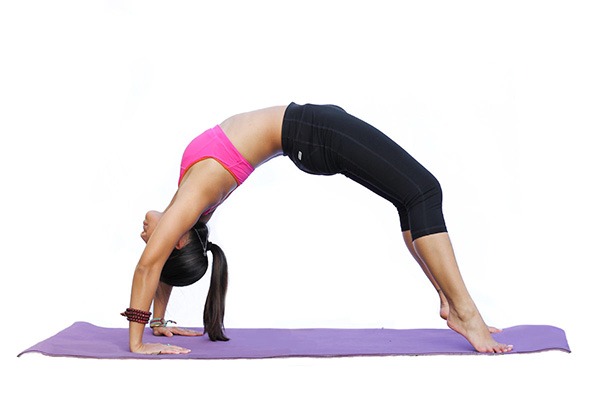
If looked at objectively, there are a lot of anatomical pieces that require strength and flexibility to make this pose possible. But why do we get upset at the idea that we may not be there yet? Why would we rather do it improperly – and perhaps dangerously – just to perform it?
There is a belief – a common one – that a certain camp of poses make us “good” at yoga. If we change that belief, we can find poses that we feel good about, and surrender our attachments to specific asanas. Arriving at this approach to your practice is when you have shifted from taking things personally to operating authentically based on your own individual needs in that moment.
The Takeaway
Not taking things personally is tough as hell even on your best day. But there is a big difference between taking things personally, and acknowledging that an action or behavior affects us. Learning to move away from taking things personally, and understanding we have the power to do so, is the applied practice of not taking anything personally.
Practicing not taking things personally is just as challenging as any hard core yoga class – if not more. But with practice, it will get easier and come more naturally.
Give it a try, and please share your experiences. I’d love to hear how using the second agreement impacts your yoga practice!


This Month's Letter
From the Editor
Monthly motivation and food for
thought from our founder.


